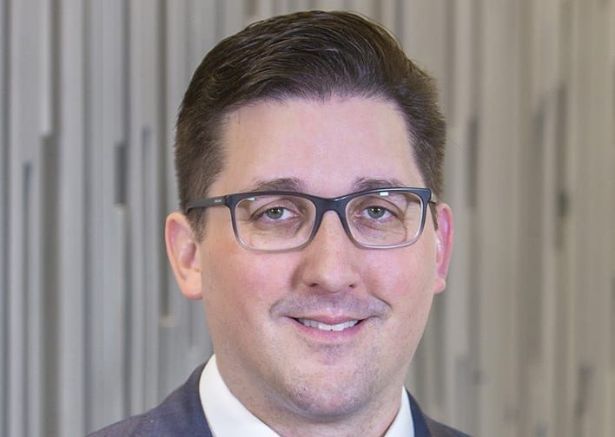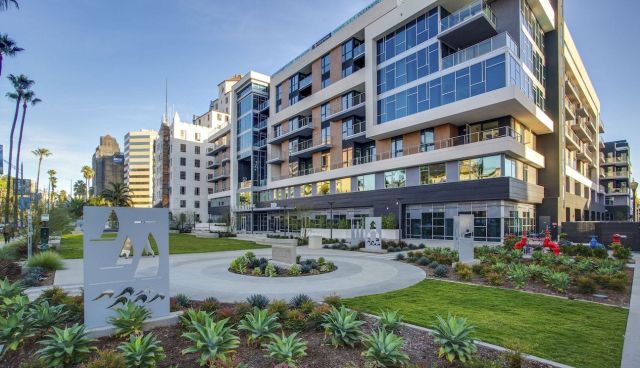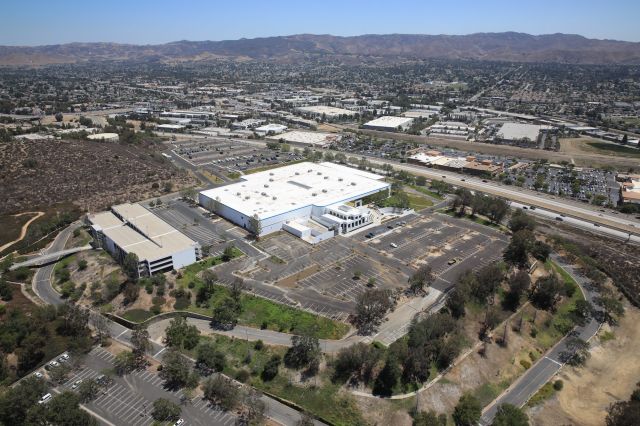
Chris Allman, CIM Group
Chris Allman
Principal in capital markets at CIM Group

It’d be easy to think COVID-19 didn’t have that big of an impact on commercial real estate just looking at CIM Group’s production.
The investment firm originated more than $2 billion in commercial real estate loans in 2020 and outdid that metric this year, lending about $3 billion throughout 40 transactions and borrowing more than $5 billion.
Despite only starting its capital markets group five years ago, CIM was able to keep up that clip by maintaining a large pool of the same customers, partially by not targeting loan-to-own investments during the pandemic.
“We tend to do a lot of the same business with the same people,” said Chris Allman, who heads the capital markets group for CIM. “Most of our borrowers and our credit funds are repeat borrowers.”
“We’ve become a very significant player over a very, very short period of time,” Allman added.
For its borrowing, CIM mainly focused on refinancing its properties last year, nabbing a $400 million refinancing for its 1440 Broadway office tower in Manhattan in March, as the buying market got extremely competitive.
On the lending side, it has mainly targeted rental residential properties — recently providing an $89 million construction loan to AMCAL for a 186-unit apartment building in Emeryville, Calif. — but has started to get into the hotel market.
“They’ve been mostly in the Southeast,” Allman said about the hotels. “There was a huge opportunity to lend on hotels through COVID, and there continues to be.”
Outside of the capital markets business, CIM also had some wins by nailing down HBO to 161,000 square feet of studio space in The Lot at Formosa studios in October and filing plans for a 364-unit apartment complex at 2211 South Western Avenue in Los Angeles.
For next year, Allman said CIM plans to raise money in the core real estate space (which includes Class A multifamily and office properties) and the Open-End Diversified Core Equity (ODCE) index, a core capitalization-weighted index that includes only open-end diversified core strategy funds with at least 95 percent of their investments in U.S. markets, using its $5 billion opportunity zone fund to start some development around the country.
“I see us doing a lot of lending on a lot of core investments and some development,” he said. — N.R.




